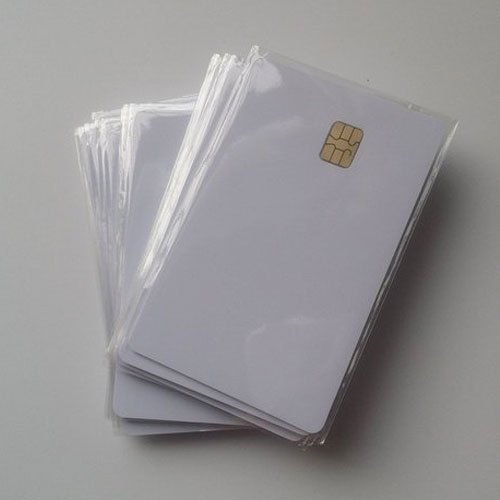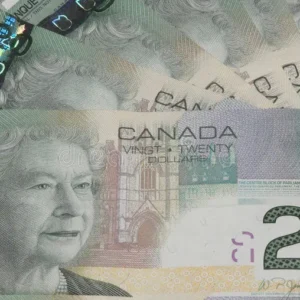Clone Credit Cards
$150.00 – $1,000.00Price range: $150.00 through $1,000.00
Can Cloned Credit Cards Be Used Online?
In recent years, the advancement of online shopping has made credit cards a preferred method of payment. However, the growth of e-commerce has also given rise to cybercrimes like credit card cloning. As a result, many people may be concerned about the safety of their online transactions and whether cloned credit cards can be used on online platforms. In this article, we’ll dive into how cloned credit cards work, whether they can be used online, and the measures you can take to protect yourself from this type of fraud.
What Is a Cloned Credit Card?
A cloned credit card is a fraudulent copy of a legitimate credit card. This card is typically created by criminals who use a device known as a “skimmer” to steal the information from a physical credit card’s magnetic strip or chip. The skimming device collects data from the magnetic strip, which includes cardholder details like the card number, expiration date, and sometimes the CVV (Card Verification Value). Once the data is collected, it is transferred to a blank card, effectively cloning the original credit card.
Can Cloned Credit Cards Be Used Online? Clone cards telegram, How to prevent card cloning, How to start cloning cards.
Clone Credit Cards. In recent years, the advancement of online shopping has made credit cards a preferred method of payment. However, the growth of e-commerce has also given rise to cybercrimes like credit card cloning. As a result, many people may be concerned about the safety of their online transactions and whether cloned credit cards can be used on online platforms. In this article, we’ll dive into how cloned credit cards work, whether they can be used online, and the measures you can take to protect yourself from this type of fraud.
What Is a Cloned Credit Card?
A cloned credit card is a fraudulent copy of a legitimate credit card. This card is typically created by criminals who use a device known as a “skimmer” to steal the information from a physical credit card’s magnetic strip or chip. The skimming device collects data from the magnetic strip, which includes cardholder details like the card number, expiration date, and sometimes the CVV (Card Verification Value). Once the data is collected, it is transferred to a blank card, effectively cloning the original credit card.
How Cloning Happens:
- Skimming: A skimmer is placed on an ATM, point-of-sale (POS) terminal, or any other card-reading machine. When you swipe your card, the device reads and records your credit card information.
- Data Duplication: The stolen data is then transferred to a blank plastic card, creating an exact replica of your original credit card.
- Unauthorized Usage: With the cloned card, fraudsters can make unauthorized purchases in person or, potentially, online.
Premium Bills: clone cards illegal, best cloned card dealers online, legit cloned cards, how are debit cards cloned, where to buy cloned cards, clone cards telegram, how to prevent card cloning, how to start cloning cards
Can Cloned Credit Cards Be Used Online?
Yes, cloned credit cards can be used online, but several factors can affect how easily they can be exploited. Online transactions are typically processed by entering the card number, expiration date, and CVV (the three-digit security code) associated with the credit card. If a cloned card contains all the necessary details, including the card number, expiration date, and CVV, it could be used for online shopping.
However, modern fraud prevention measures employed by many merchants and financial institutions make it more difficult for criminals to use cloned credit cards for online purchases. Here are a few factors to consider:
1. Credit Card Security Features
Many banks and merchants implement additional security features to prevent fraud. For instance:
- CVV (Card Verification Value): The three-digit security code on the back of the card plays a crucial role in online transactions. While the magnetic stripe or chip may be cloned, it is harder to replicate the CVV without physically possessing the original card.
- 3D Secure Authentication (3DS): Popularly known as Verified by Visa or MasterCard SecureCode, this adds an additional layer of security during online transactions. It requires the cardholder to verify their identity through a one-time passcode (OTP) sent via SMS or email.
- Tokenization: Some online platforms replace sensitive credit card information with a unique token, making it impossible for fraudsters to use stolen data.
2. Fraud Detection Systems
Financial institutions and e-commerce websites often have advanced fraud detection systems that monitor online transactions for suspicious behavior. These systems analyze the following factors:
- Location Mismatch: If the cloned card is used in a location far from where the cardholder typically shops, the transaction might be flagged as suspicious.
- Unusual Purchase Patterns: A sudden increase in the number or size of online transactions can trigger alerts.
- IP Address and Device Tracking: Many online stores track the devices and IP addresses used for transactions. If a cloned card is used from an unusual device or IP address, it may be flagged.
These fraud detection systems, although not foolproof, significantly reduce the likelihood of cloned credit cards being successfully used online.
3. Cardholder Notification and Fraud Prevention Measures
Most financial institutions monitor accounts for unusual activity and will notify cardholders if they detect suspicious transactions. Once fraud is detected, the cardholder can report it immediately, allowing the bank to freeze the account and prevent further unauthorized transactions.
Moreover, many banks offer additional fraud protection services, such as:
- Fraud Alerts: A notification service that alerts cardholders when suspicious activity occurs.
- Zero Liability Protection: Most credit card issuers provide zero liability for fraudulent transactions, meaning cardholders won’t be held financially responsible for fraudulent charges on their account.
4. Online Merchant Authentication
Online merchants may have mechanisms to ensure that the person making the transaction is the rightful owner of the credit card. Some common authentication methods include:
- Address Verification System (AVS): This checks the billing address entered by the cardholder during checkout against the address on file with the bank. A mismatch can result in a transaction being blocked.
- Two-Factor Authentication (2FA): Some e-commerce platforms require additional verification, such as sending an authentication code to the cardholder’s registered phone number, ensuring that the person making the purchase is authorized.
While these security measures are not foolproof, they do help prevent cloned credit cards from being used for online purchases.
How to Protect Yourself From Cloned Credit Cards
While the possibility of cloned credit cards being used online exists, there are several steps you can take to protect yourself:
-
Monitor Your Accounts Regularly: Regularly check your credit card statements and transaction history for any unauthorized purchases. Report any suspicious activity immediately to your bank or credit card provider.
-
Use Secure Websites: Always ensure that the website you are shopping on is secure by looking for “https://” in the URL and a padlock icon in the browser address bar. This indicates that the site is using encryption to protect your data.
-
Enable Alerts: Set up transaction alerts with your bank or credit card issuer to receive notifications of any activity on your account. This will allow you to act quickly if fraudulent charges are made.
-
Use Virtual Credit Cards: Some banks and financial institutions offer virtual credit cards, which are temporary credit card numbers generated for one-time use. These numbers are usually linked to your actual account but cannot be used for further transactions once they are processed.
-
Avoid Public Wi-Fi for Transactions: When shopping online, avoid using public Wi-Fi networks, as they can be more vulnerable to hackers who may attempt to steal your credit card information.
-
Activate 3D Secure Authentication: Ensure that 3D Secure authentication is enabled for your credit card. This provides an extra layer of protection when making online purchases.
-
Report Lost or Stolen Cards Immediately: If your credit card is lost or stolen, report it to your bank or issuer immediately to prevent cloning and unauthorized use.
| Bills | 1500, 2000, 3000, 5000, 5500, 6000, 6500, 7000, 7500, 8000, 8500, 9000, 9500, 10000 |
|---|










Reviews
There are no reviews yet.